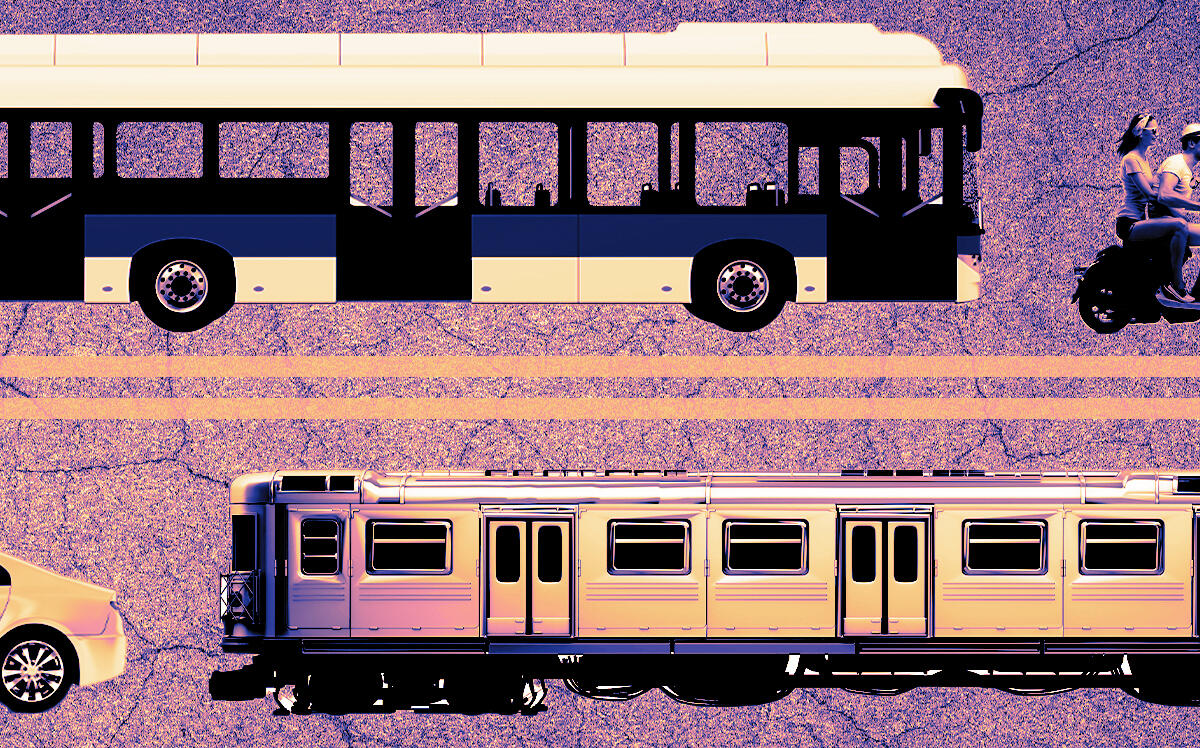The prospects of getting up early to catch the morning train or sitting in an hour of traffic are still deterring employees from filling offices across the country.
EIght of the 10 major cities with the largest decline in office occupancy during the pandemic had averaged one-way commutes longer than a half-hour, according to the Wall Street Journal’s analysis. The analysis used data from the U.S. Census Bureau and building-access company Kastle Systems.
New York City is a glaring example. While public transportation and urban living helped those residing in the city, many commuted from the suburbs, adding up to an average pre-pandemic commute of 37.7 minutes, the longest of the cities analyzed. Keycard swipes are down 62 percent from early 2020, five percentage points more than the average of the major cities.
In the first quarter, office availability in Manhattan reached a quarterly high, according to Savills Research. The availability rate in the first quarter reached 19 percent; in the Financial District alone, availability was greater than 25 percent.
Offices across the country are struggling to recover two years after the rise of remote work, with many buildings losing value.
Read more


Among the 24 cities analyzed, six of the 10 with the smallest decline in occupancy had average commutes shorter than 30 minutes. In Austin, for instance, the office occupancy is 61.2 percent; in 2019, the average commute in the city was fewer than 28 minutes.
The data isn’t necessarily a shock to office landlords. A Gallup poll last summer showed 52 percent of those who desired to work remotely were looking to avoid commuting, the top reason cited for not wanting to go into the office.
In addition to work from the comforts of home or a remote office without the time-consuming stress of a commute, employees have a financial incentive to stay home. During the early months of the pandemic, Americans collectively saved $90 billion by not commuting by car, according to research from freelancing platform Upwork.
“I don’t think we’re ever going back to the same level of economic activity in the big cities we saw in 2019,” said Trepp’s Manus Clancy previously told The Real Deal. “People have fallen in love with this three-days-in-the-office thing,” he added. “I think that’s here to stay.”
[WSJ] — Holden Walter-Warner
